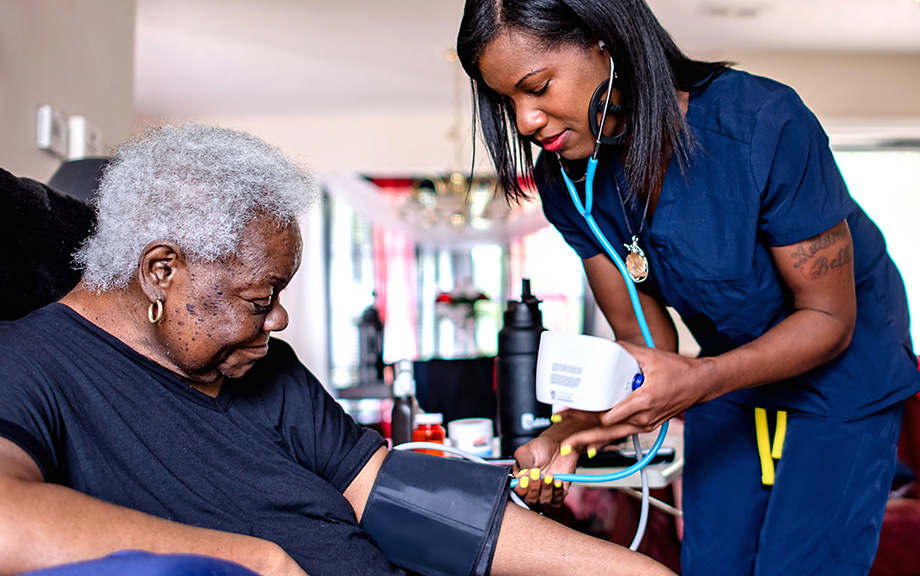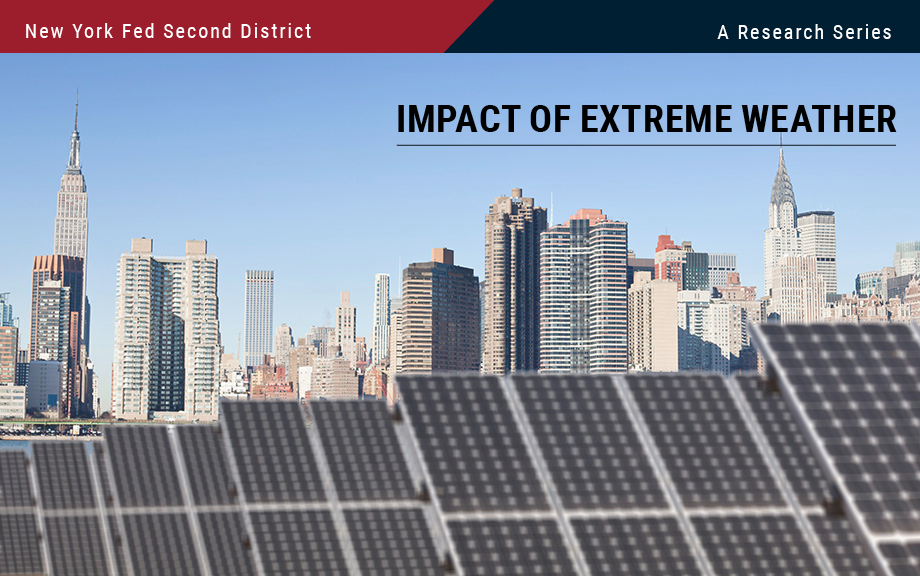How Much Does Immigration Data Explain the Employment‑Gap Puzzle?

A puzzling feature of official U.S. employment statistics in recent years has been the increase in the gap between the nonfarm payroll and household employment numbers. This discrepancy is not trivial. From the end of 2021 though the end of 2024, net job gains in the payroll survey were 3.6 million larger than in the household survey. In this Liberty Street Economics post, we investigate one potential explanation for the emergence of this gap: a sharp rise in undocumented immigration during the post-COVID period that would be differentially reflected in the two surveys. We leverage industry-level data to study the relationship between our estimate of employment of likely undocumented migrants and the payroll-household employment gap. These data suggest that factors besides undocumented immigration likely contributed to the emergence of the gap between the two measures of U.S. employment.
Exposure to Generative AI and Expectations About Inequality

With the rise of generative AI (genAI) tools such as ChatGPT, many worry about the tools’ potential displacement effects in the labor market and the implications for income inequality. In supplemental questions to the February 2024 Survey of Consumer Expectations (SCE), we asked a representative sample of U.S. residents about their experience with genAI tools. We find that relatively few people have used genAI, but that those who have used it have a bleaker outlook on its impacts on jobs and future inequality.
An Update on the Reservation Wages in the SCE Labor Market Survey

The Federal Reserve Bank of New York’s July 2024 SCE Labor Market Survey shows a year-over-year increase in the average reservation wage—the lowest wage respondents would be willing to accept for a new job—to $81,147, but a decline from a series’ high of $81,822 in March 2024. In this post, we investigate how the recent dynamics of reservation wages differed across individuals and how reservation wages are related to individuals’ expectations about their future labor market movements.
The Anatomy of Labor Demand Pre‑ and Post‑COVID

Has labor demand changed since the COVID-19 pandemic? In this post, we leverage detailed data on the universe of U.S. online job listings to study the dynamics of labor demand pre- and post-COVID. We find that there has been a significant shift in listings out of the central cities and into the “fringe” portion of large metro areas, smaller metro areas, and rural areas. We also find a substantial decline in job listings in computer and mathematical and business and financial operations occupations, and a corresponding increase in job openings in sales, office and administrative support, food preparation, and especially healthcare occupations. These patterns (by geography and by occupation) are interconnected: the biggest declines in job listings by occupation occurred in the largest and densest geographies, and the strongest increases in job listings by occupation occurred in the smaller and less populated geographies.
Will the Moderation in Wage Growth Continue?

Wage growth has moderated notably following its post-pandemic surge, but it remains strong compared to the wage growth prevailing during the low-inflation pre-COVID years. Will the moderation continue, or will it stall? And what does it say about the current state of the labor market? In this post, we use our own measure of wage growth persistence – called Trend Wage Inflation (TWIn in short) – to look at these questions. Our main finding is that, after a rapid decline from 7 percent at its peak in late 2021 to around 5 percent in early 2023, TWin has changed little in recent months, indicating that the moderation in nominal wage growth may have stalled. We also show that our measure of trend wage inflation and labor market tightness comove very closely. Hence, the recent behavior of TWIn is consistent with a still-tight labor market.
The Power of Proximity: How Working beside Colleagues Affects Training and Productivity

Firms remain divided about the value of the office for “office” workers. Some firms think that their employees are more productive when working from home. Others believe that the office is a key place for investing in workers’ skills. In this post, which is based on a recent working paper, we examine whether both sides could be right: Could working in the office facilitate investments in workers’ skills for tomorrow that diminish productivity today?
Transition Risks in the Fed’s Second District and the Nation

Climate change may pose two types of risk to the economy—from policies and consumer preferences as the energy system transitions to a lower dependence on carbon (in other words, transition risks) or from damages stemming from the direct impacts of climate change (physical risks). In this post, we follow up on our previous post that studied the exposure of the Federal Reserve’s Second District to physical risks by considering how transition risks affect different parts of the District and how they differentially affect the District relative to the nation. We find that, relative to other regions of the U.S., the economy of the Second District has considerably less exposure to fossil fuels. However, the cost of reducing even this relatively low economic dependence on carbon is still likely to be considerable.
How Did New York City’s Economy Weather the Pandemic?

When COVID-19 first struck the U.S. in early 2020, New York City was the epicenter of the pandemic. By early April, there was an unthinkable scale of suffering, with massive hospitalizations and roughly 800 fatalities per day, accounting for nearly half of the nationwide total. The rapid spread was facilitated by the city’s extraordinarily high population density and widespread use of mass transit. What followed was a quick and massive shutdown of restaurants, retail stores, personal services, offices, and more. And the shutdowns, of course, led to widespread job losses. Between February and May, one out of five jobs in the city vanished; in the restaurant industry, 70 percent of jobs were lost. Although the pandemic didn’t go away, the city’s economy has recovered steadily, aside from a brief but sharp setback in late 2020. By early 2023, New York had finally reversed just about all of the total job loss. In this post, we look at the contours of the city’s recovery as a possible guide to where we go from here.
What Has Driven the Labor Force Participation Gap since February 2020?

The U.S. labor force participation rate (LFPR) currently stands at 62.5 percent, 0.8 percentage point below its level in February 2020. This “participation gap” translates into 2.1 million workers out of the labor force. In this post, we evaluate three potential drivers of the gap: First, population aging from the baby boomers reaching retirement age puts downward pressure on participation. Second, the share of individuals of retirement age that are actually retired has risen since the onset of the COVID-19 pandemic. Finally, long COVID and disability more generally may induce more people to leave the labor force. We find that nearly all of the participation gap can be explained by population aging, which caused a significant rise in the number of retirements. Higher retirement rates compared to pre-COVID have had only a modest effect, while disability has virtually no effect.











 RSS Feed
RSS Feed Follow Liberty Street Economics
Follow Liberty Street Economics